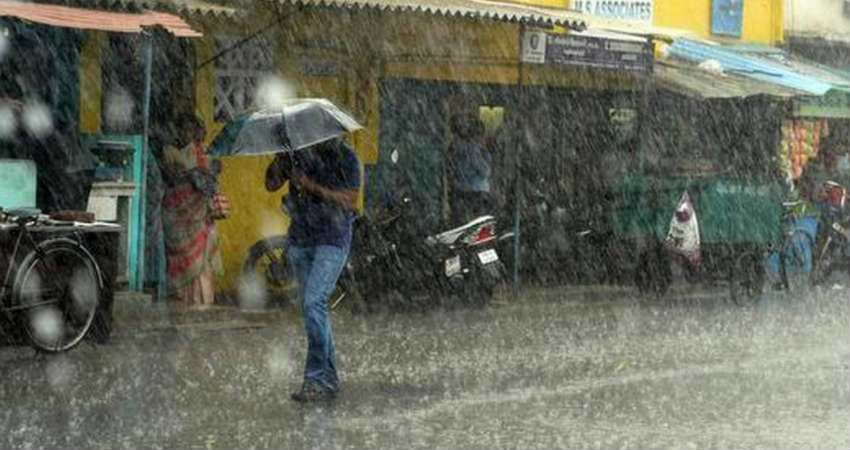
So far the performance of Northeast Monsoon 2019:
Northeast Monsoon 2019 this time made an early onset making an appearance on October 16 itself. Since then, good rains lashed the states of Andhra Pradesh, Tamil Nadu, Kerala, and Karnataka. Thus, we can say that it has been a good start for the Northeast Monsoon season this time. It was rather a good start for all the five sub-divisions which are affected at the time of Northeast Monsoon. All the subdivisions were either in excess or large excess.
The countrywide rainfall for the month of October has been the best one this year. This year October recorded a surplus of 44% rain across India wherein the major portion of rain was covered by the Northeast Monsoon rains.
Rain in the first four days of November:
The rainfall activity in the last four days of November has been a little below normal. It has not been an active phase of Northeast Monsoon. For the first four days of November, the normal rainfall is 5.5 mm and only 4.9 mm of rainfall has been recorded which is almost 20% below the normal.
What controls the Northeast Monsoon?
Surprisingly the Northeast Monsoon performance is not dependant on the bigger systems. Smaller systems like the feeble Low-Pressure Area, Cyclonic Circulation, Easterly waves all control the Northeast Monsoon. The Northeast Monsoon coincides with the post Monsoon season when the cyclones are in the Indian seas. These Cyclones are vast scale systems and they tend to disrupt the normal Northeast Monsoon activities and are responsible for causing large scale disruption. The cyclones find their origin either in the Arabian Sea or the Bay of Bengal. Also, these two regions are directly influenced by the Northeast Monsoon.
Presently also we have two strong systems in the Indian seas, one is the Cyclone Maha and the other one is brewing in the Bay of Bengal. Bulbul is a Depression in the central and adjoining southeast Bay of Bengal. The configuration of these systems suggests that it is a Deep Depression and within 24 hours, it will intensify into a Cyclone.
The wind pattern in an association with Cyclones influences the southern peninsula as well. And at present, the southern part of our country is under the influence of Cyclones. The southern peninsula will be governed by these weather systems which are on either side of the Indian sea. The southern peninsula will be affected by the convergence of the two-air masses.
Outlook:
The active lifespan of these two cyclones is of four days or so. Parts of Tamil Nadu, South Interior Karnataka, and Kerala are likely to witness moderate showers. While the rest parts of South India will see light showers only. Once the Cyclones fade away, a time breather will be needed for the Northeast Monsoon to establish itself again. Hence, we can say that it will be an absolute low phase for the Northeast Monsoon after four days.
Overall put together the first half of November for the Northeast Monsoon will not be like October. Rather it will be a shade lower than in October.
Image Credits – The Hindu
Any information taken from here should be credited to Skymet Weather



